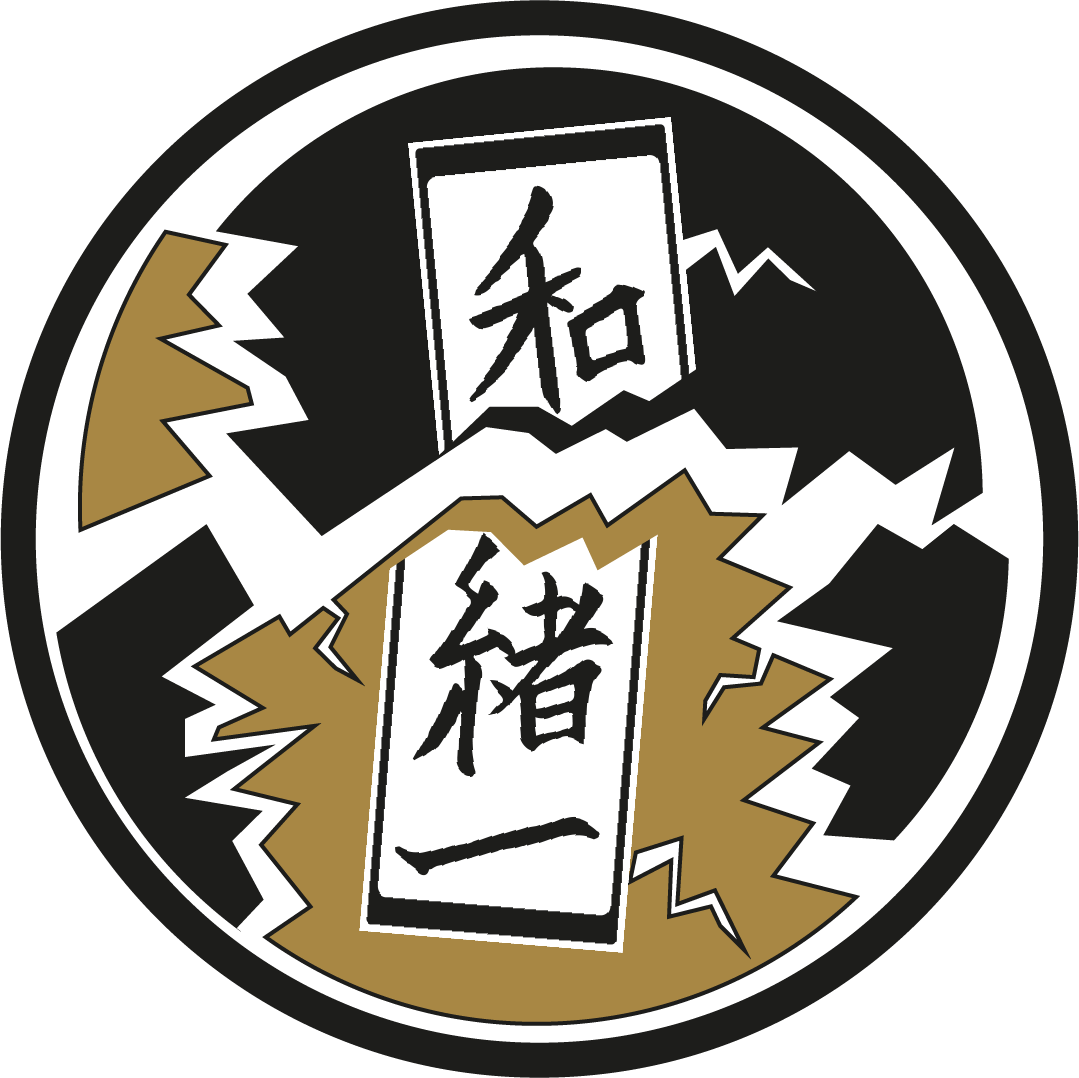Learning Kanji: Creating Micro Stories in Your Head (I)
If you want to remember a kanji well, you need to smartly combine its different aspects – for example the graphical representation, the meaning and the stroke order – in your head. This combination ideally leads to a tailor-made story for that specific kanji. To do that, it is easiest to break down the kanji into its different parts. Beware that the process to come up with a story for a character is not always easy. Sometimes you need to be extra creative to help your head and hands to remember a certain kanji. But it will be worth it; in my opinion, it is still easier to invest some time in creating a story than to simply go stroke by stroke for the whole kanji.
Let’s look at an example, okoru 怒る, which means to get angry or mad. This kanji consists of three parts: on the bottom you see the radical for ‘heart’ 心, on the top left there is the radical for ‘woman’ 女 and on the top right the radical for ‘right hand’ 又. Now that we have broken down the kanji into its elementary bits, we need to connect the dots between these atomic pieces of information and the meaning of the kanji okoru 怒る as a whole. So how do we go from heart, woman and right hand to ‘to get angry’? Here comes the creative part. One possibility could be that a woman lays her right hand on her heart, because she is so angry, she might get chest pain from all that anger. With this micro story, we have now connected the meaning of the kanji with the singular meanings of its radicals.
I would like to mention that personally I study the pronounciation of a kanji separately from its writing. Once I figure out a story to remember the look and the meaning of a character, I then go on and create another story that connects the pronounciation with the meaning, which is a separate topic.
Written by Jannick Scherrer

